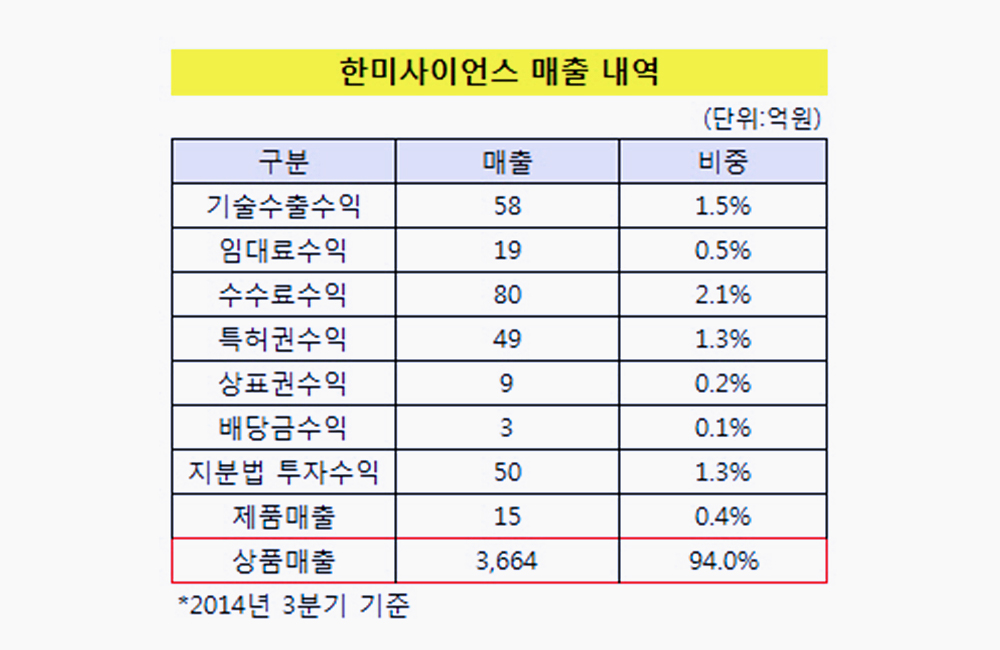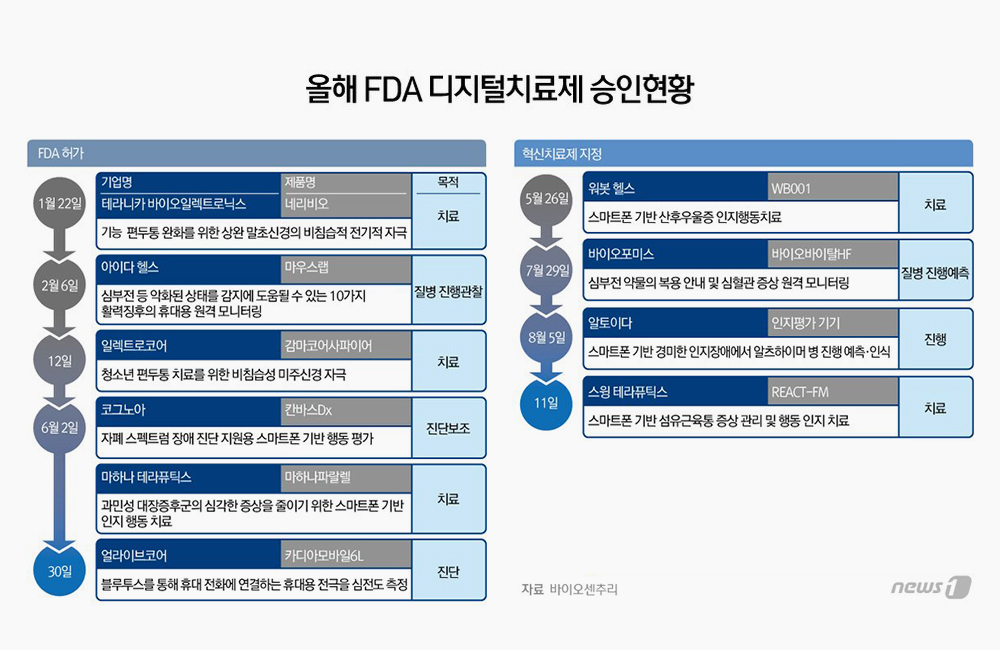Artificial
Intelligence (AI) isn’t just something benefitting surgeons in the
operating room, or companies like Regeneron working on the next drug discovery,
AI has a place in every medical practice today. Imagine the day when
independent physicians can calculate their true costs per unit of care, where
private medical practices can efficiently look at and analyze all expenses
against revenue regardless of the data source, and where data can be acted on
strategically to lower costs and achieve long-term and sustainable business
results while continuing to offer top-rate healthcare services. This is
possible with a platform for consolidated and meaningful data sets that deliver
comprehensive financial analysis and insights.
For
healthcare practices, understanding the performance metrics and true value of
your business requires knowledge across many operational areas and sources of
data. Practices that can make strategic, data-driven decisions are better
equipped to identify shifting business trends and respond to environmental
changes and industry regulations. This level of analytics and data-driven
decision-making requires AI.
The
good news? The promise of AI is finally materializing and will be fueled by
expanded access to the data locked inside your EHR. As a result of the
latest Cures Act ruling and expansion of the information blocking clause
slated for later this year, we should all be actively preparing for the onset
of data we will have access to as of October 6, 2022. Now is the time for
physicians to lay the foundation for data flow and processes within their
practice so you are set and ready to take part in the AI transformation. AI can
truly assist in making the private practice model successful going forward. You
will not want to be late to this party.
At
the individual practice level, AI can help physicians analyze big data sets and
find connections between seemingly unrelated data. This kind of data-empowered
private practice can pull together financial data, patient demographics,
production measures, and claims processing along with patient insights that
lead to predictive analysis such as how to best plan and implement your next marketing
strategy.
Today,
we see too many doctors working with their blinders on, either too busy to
learn what is happening to independent healthcare or unaware that AI can
reinvigorate their practice. No longer can physicians continue this way if they
want to remain viable. We need every doctor to have the ability to leverage the
technology available today and harness the power of consolidated data. With the
pressures and demands on the entire modern healthcare system, we simply
can’t afford for any independent physician, to be left in the dust.
There
are four actions that every private practice physician can take today:
1.
Establish a data system. Get your practice data into a healthcare data
platform. By combing disparate data systems into one cohesive reporting
architecture, medical practices can gain insights into the drivers of their
cost per unit of care; and save time and expense from establishing multiple
connections to their source data for each business use case that comes up. Look
for a solution that can provide real-time analytics. EHR systems will open up
to more than patient data. Additionally, look for a platform that can also
measure your practice performance against peers and identify trends in the
marketplace without the delay associated with traditional benchmarking sources.
2.
Double-check the quality of your data. Ensure you have a solid data
foundation. Incorrect values are easily introduced into your system through
hand-keying errors, data processing faults, or unknown software issues. Therefore,
look for a software solution with anomaly detection, specifically, AI and
Machine Learning algorithms that can help your practice look for outliers in
the data that can signal errors. Furthermore, the most common data issue tends
to be incomplete data. This often results when records are incomplete before
submission, or staff do not understand the downstream impacts of missing or
blank data fields. Generally, there are two ways of handling this type of
error: removal or imputation. Removal is exactly what you would think: if a
record does not have all the values that you need, you simply throw it out when
performing the analysis. This is often the right choice, but there are some
cases when you would be getting rid of other valuable data in the record by
doing this, that’s where data imputation comes in. Data imputation is the
process of filling in missing values with other values from the dataset, often
the average or most common other value. This can be especially important when
training machine learning models, which are hungry for as much data as you can
give them.
3.
Ensure you are keeping all historical data. Keeping your historical data is
essential. If you can only make one change today, make sure you make this one.
Very few private practices are aware that many of their systems, by default,
are set to delete data after a year to save on their storage expense. This
matters, as you need enough historical data to train models and compare
year-over-year trends, especially as practices navigate and assess developments
in patient volume recovery and expense drivers to adapt business needs and
opportunities in response to changing market conditions.
4.
Secure your data. Make
sure your software and platform vendors are serious about securing, monitoring,
and maintaining all the data generated and used by your practice and that they
utilize proper security and compliance standards. Additionally, all patient
data should be encrypted in motion — and at rest — to protect you and your
patients. One easy place to start in ensuring your data is secure is to ask
your software vendors about their infrastructure security, audits, incident
response protocols, and staff training to ensure they are operating in a HIPAA
compliant manner.
Consider
the common scenario of sitting down to renegotiate an insurance contract with a
payer. To do this effectively, clinics need to be equipped with as much
information as the insurance company. They must understand their position in
the community, their referral network, their patient demographics, case mix of
procedures, profitability, and compare fee schedules against what the practice
is actually getting paid. Recently, one practitioner in Oregon lamented that,
without a solution, they spent 40 hours trying to pull this data together
manually in advance of an annual payor contract meeting. They were left to rely
on a clunky error-ridden spreadsheet for comparisons that painted an incomplete
picture of their value and position in the community.
Every
business needs this type of meaningful information at their fingertips –
especially as they transition, evolve, and recover from the economic impacts of
the Covid-19 pandemic, which of course has especially hit the healthcare
sector.
We
are finally at a place where we can truly advocate for AI at the private
practice level – and that will help in leveling the playing field across the
board and empower providers in their communities. These four steps can help any
practice start to gain traction and apply the promise of AI and data-driven
decision-making to the daily operations of their business.









